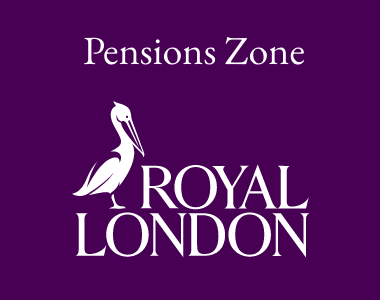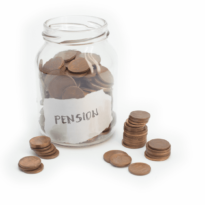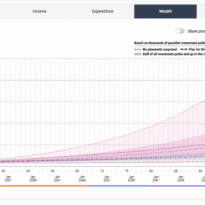In this article the aberdeen technical team look at how executors of an estate can reclaim IHT if stock markets fall, through share loss relief.
The fallout from President Trump’s announcement of tariffs on goods entering the US has had markets across the world in turmoil. The general advice right now for most investors might be to take the long term view, hold tight and wait for markets to recover. However, that is generally not an option for the executors of a deceased’s estate.
Advising the executors of a deceased client can be a sensitive and challenging time especially if they are also the beneficiaries of the estate. But where the client died before the current market volatility can present some new challenges.
An executor’s role is to collect in the deceased’s assets, pay any liabilities and distribute the proceeds to the estate beneficiaries. They can’t play the long game, nor can they try and time the markets.
IHT must be paid on the estate value at the date of death, even though some of the assets in the estate may subsequently take a significant hit on the back of stock market falls.
In this scenario relief may be available allowing the executors to reclaim some of the IHT they have already paid. This is known as IHT share loss relief. This allows the IHT bill to be recalculated if the executors sell quoted shares/collective investments at a loss during the administration period.
Sell or transfer shares
Executors must decide whether to sell assets or transfer the ownership to the beneficiary. They may be inclined to pass the shares directly to a beneficiary allowing them to decide on the best time to sell. If the shares haven’t recovered by the time they are sold any losses can be carried-forward to use against any other gains they may have.
But by passing the shares to the beneficiary they could be missing out on relief from IHT at 40% to save CGT at 18% or 24%. Relief is only available when executors sell shares and it is generally not available when they are passed in-specie to a beneficiary. So it can be beneficial to dispose of the shares and pass the proceeds, potentially including the reclaimed IHT, to the beneficiary who is free to reinvest it as they choose.
Executors have up to 12 months from the date of death to sell the quoted shares if they wish to claim the relief. Administering certain estates can be a lengthy process so executors may need to keep this deadline in mind if they plan to reclaim IHT already paid.
Although the sale must be made within 12 months of the date of death, relief can still be claimed up to five years later using form IHT35.
How relief is given
Before they can sell, executors will normally need to obtain a grant of probate which they will not get until IHT has been paid. This will be based on the value of the estate at the date of death.
Loss relief on the sale of quoted shares (excluding AIM shares) is claimed by electing to substitute the ‘date of death’ value in the IHT account with the actual sales value. IHT is recalculated on the lower value of the estate, and a repayment of IHT will follow.
Claim or not claim?
IHT and CGT are closely linked. If IHT is paid on an asset on death then generally there isn’t a charge to CGT at the same time
Claiming the IHT loss relief
A claim for IHT loss relief on the sale of shares will also amend the base cost for CGT. The executors will normally acquire the shares or OEICs at a base cost equal to the value at the date of death (often referred to as ‘market uplift’). If a claim is made for a loss on sale of shares, then the base cost for CGT will also be reduced to the proceeds from the sale. Effectively, this means that executors will not benefit from the loss twice.
Not claiming IHT loss relief – the CGT benefits
If there is no IHT payable on the estate, there would seem little point in claiming for loss relief. For example, smaller estates, or estates which are passing to the surviving spouse will not see any benefit.
If executors are selling the shares anyway, there may be more benefit to using the loss to offset other capital gains on any other assets in the estate.
Alternatively, they could distribute the shares in specie to a beneficiary as part of their share of residue. The acquisition cost of the shares for the beneficiary would be their value at the date of death, allowing them to potentially sell at a loss which they could use against gains on their own portfolio, or wait for the share price to recover to their date of death value, effectively giving them a ‘tax free’ gain.
Of course, if IHT can be reclaimed, then the resulting 40% saving is always going to beat the CGT saving of 24%. This means that there will be more residue to distribute to the beneficiaries of the estate.
Even if shares are transferred at a loss to beneficiaries, the top rate of CGT saved is 24% for higher and additional rate taxpayers.
Planners should note that the amount of relief that can be claimed will be reduced, or wiped out completely, if qualifying shares showing a gain are also sold in the 12 months after death.
Summary
The current market fluctuations created by Trump’s tariffs and the ensuing trade war will undoubtedly create situations where share values may have fallen since the date of death. Share loss relief may help to recover those losses during the administration of the estate and protect inheritances.
Main image: ussama-azam-26h317_UMYM-unsplash






























